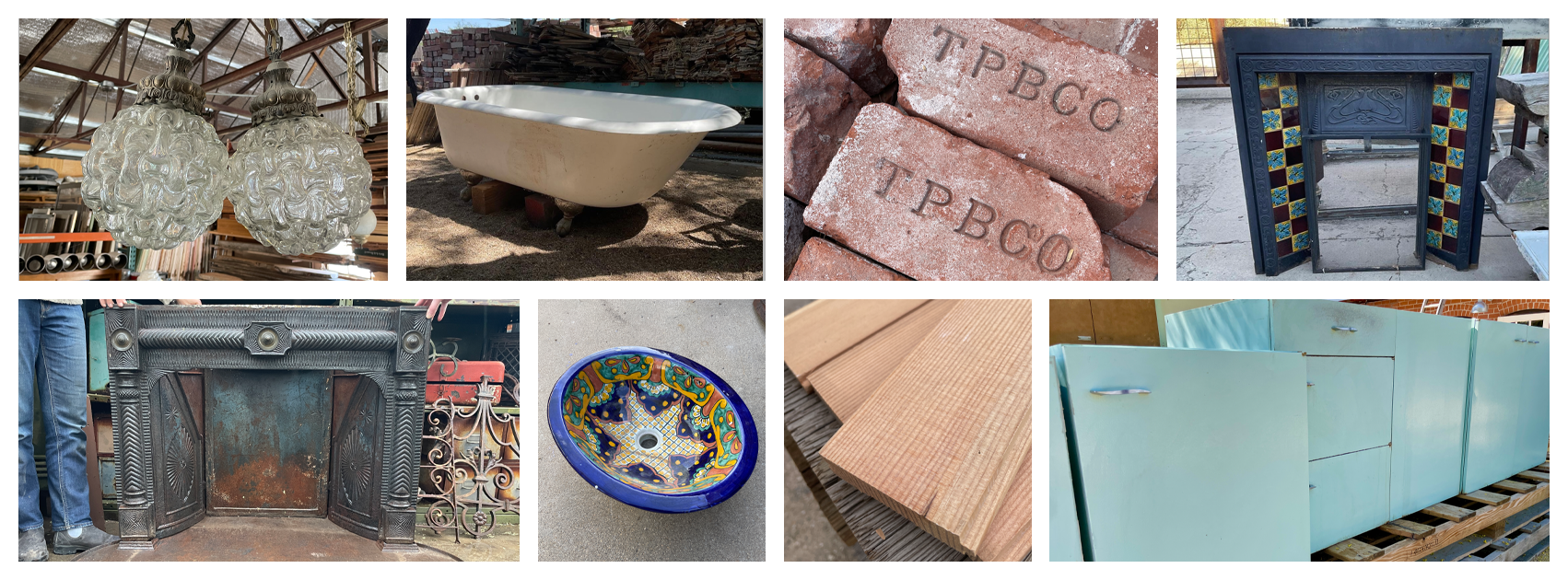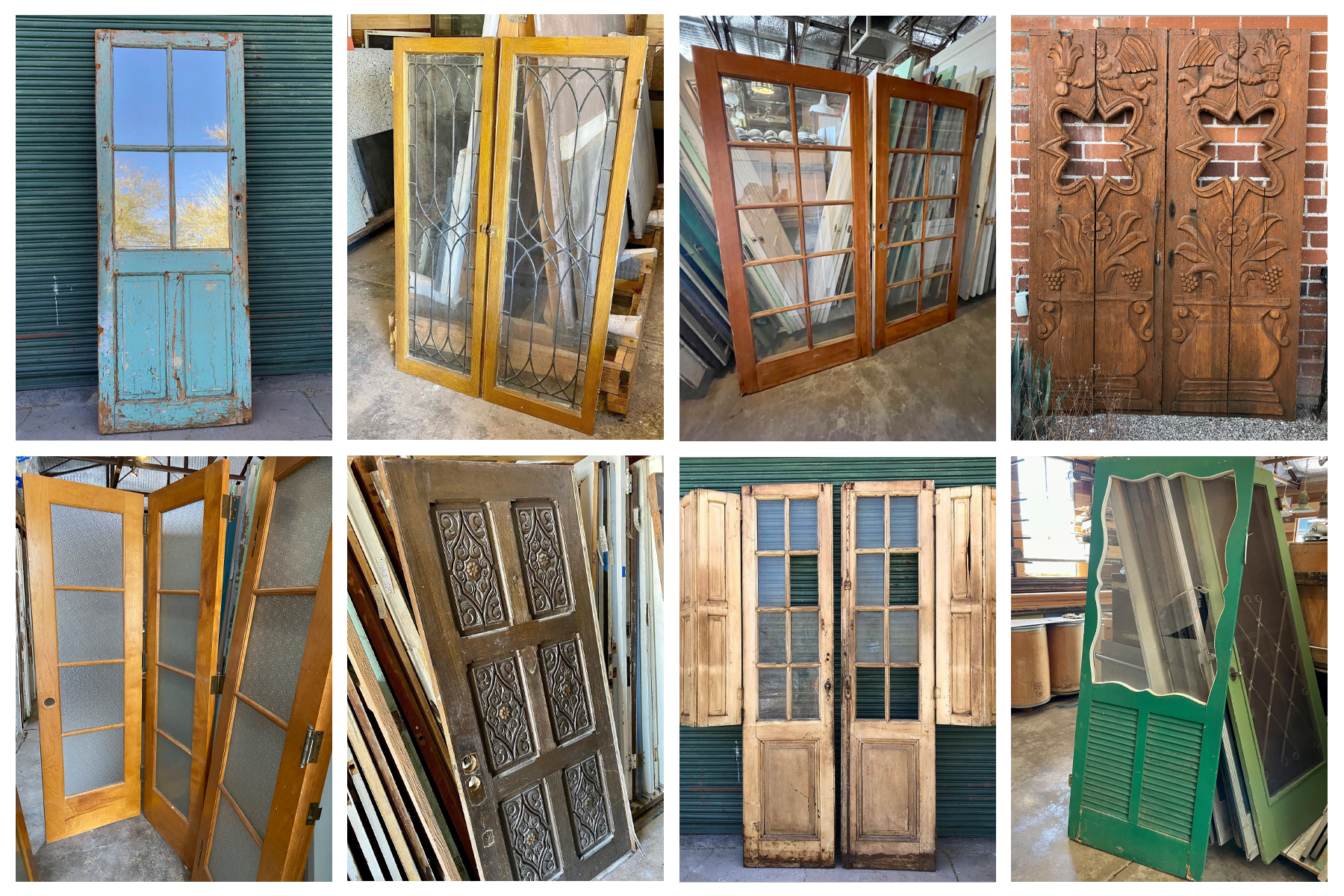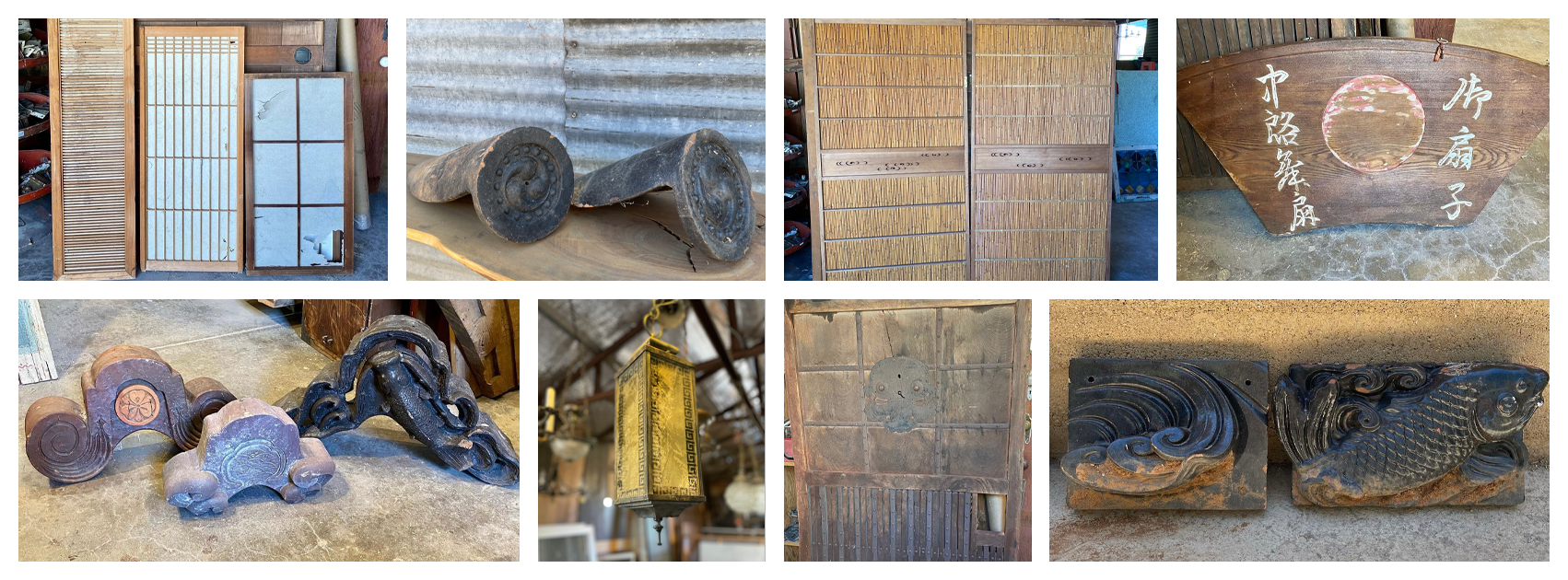
What’s So Great About Salvaged Materials?
March 18, 2024
At Originate, we are deeply passionate about salvaged building materials because we believe in the power of sustainability and environmental responsibility. Salvaged materials represent a treasure trove of resources that would otherwise go to waste, contributing to landfill overflow and environmental degradation. By offering salvaged materials, we aim to give new life to these resources, reducing our carbon footprint and promoting a circular economy. We’re dedicated to providing our customers with high-quality, unique materials that not only contribute to stunning architectural designs but also align with their values of sustainability and conscious living.
Environmental Impact
One of the most compelling reasons to opt for salvaged building materials is their reduced environmental impact. Manufacturing new construction materials often involves significant energy consumption and greenhouse gas emissions, followed by the energy that goes in to shipping, often times international. On the other hand, salvaging materials diverts waste from landfills, reducing the burden on our environment. Whether it’s reclaimed wood, bricks, or metal, salvaged materials retain their quality and functionality, making them a sustainable choice for construction projects.
Often times salvaged materials are better quality than new, mass produced items that are currently available, especially wood materials. New wood products are made form trees that are grown quickly and have not had time to mature, leaving them with a more open grain and weak body. Older wood products were made from old growth, mature trees with a tight grain pattern making them stronger, denser, and of higher quality. By tapping into this existing resource pool, we can give new life to quality materials, minimize the need for new extraction and reduce the strain on natural ecosystems, and by salvaging items locally we eliminate the need for long distance shipping.

Unique Aesthetic Appeal
Beyond their environmental benefits, salvaged building materials offer a captivating allure for those seeking a unique design aesthetic unlike any other. Salvaged materials often bear the marks of their previous life, showcasing weathered textures, and distinctive imperfections. Reclaimed wood, for example, often showcases rich patinas and unique grain patterns that cannot be replicated by new materials. Plus sometimes you can see nail holes that have a dark mark from iron nails. Similarly, salvaged bricks bear the marks of their history, adding a sense of authenticity to architectural designs. Incorporating these materials into buildings not only reduces environmental impact but also creates spaces with a distinct and timeless aesthetic.
Each salvaged material carries its own story, making it truly one-of-a-kind. Whether sourced from old barns, factories, or historical buildings, salvaged materials offer a connection to the past and a sense of individuality that distinguishes them from mass-produced alternatives. From repurposed doors and windows to reclaimed beams and hardware, salvaged materials can be adapted and transformed to fit a variety of design styles and preferences. Their inherent versatility allows for innovative design solutions that reflect the personality and vision of the homeowner or designer.
Historic Preservation
One of our favorite aspects of working with salvaged materials, is the unique insight we get into the rich history of our beautiful, desert city. Tucson’s architectural heritage is deeply intertwined with its cultural history, reflecting the diverse influences of Native American, Spanish, Mexican, and other settlers over the centuries. Characterized by earthy tones, natural materials, and innovative design solutions, desert architecture embraces the challenges of extreme temperatures, limited water resources, and intense sunlight to create harmonious and comfortable living spaces.
Salvaged items serve as tangible reminders of Tucson’s past, allowing future generations to connect with their heritage and appreciate the city’s rich cultural tapestry. When historic buildings undergo restoration or adaptive reuse projects, maintaining authenticity is paramount to preserving their architectural integrity and historical significance. Architectural salvage provides an invaluable resource for sourcing authentic materials that match the original design and craftsmanship of historic structures.

Community Engagement
Salvaging building materials also presents opportunities for community engagement and collaboration. We often work with local businesses, contractors, designers, architects, preservationist, and homeowners to buy, sell, and exchange materials.
In the summer of 2021 we had the pleasure of working with a couple that had spent two decades in Japan and brought over a spectacular collection of Japanese pieces. From intricately designed doors and windows, to ceramic architectural accents, to beautifully handwoven baskets, we were way out of our element but so excited for the opportunity to bring this collection to Tucson. However, it wasn’t just about adding these items to our salvage yard; it was about delving into the heart of Japanese architecture and culture. Extensive research was undertaken to accurately understand and market these items, allowing us to share their significance with our community. We were delighted to discover a vibrant community of individuals passionate about Japanese influence in design and found joy in connecting these unique pieces with appreciative homes. We strive to foster a sense of community among those passionate about design, sustainability, and preservation. Moreover, salvaging materials from local sources supports the local economy and promotes a culture of reuse and resourcefulness within communities.

Salvaged building materials offer a unique design aesthetic that celebrates the beauty of imperfection, honors the past, and inspires creativity in architectural design. From rustic charm to industrial chic, salvaged materials have the power to transform spaces into timeless works of art that tell a story and leave a lasting impression. By embracing salvaging, we can not only create environmentally friendly buildings but also contribute to a more resilient and interconnected community.
